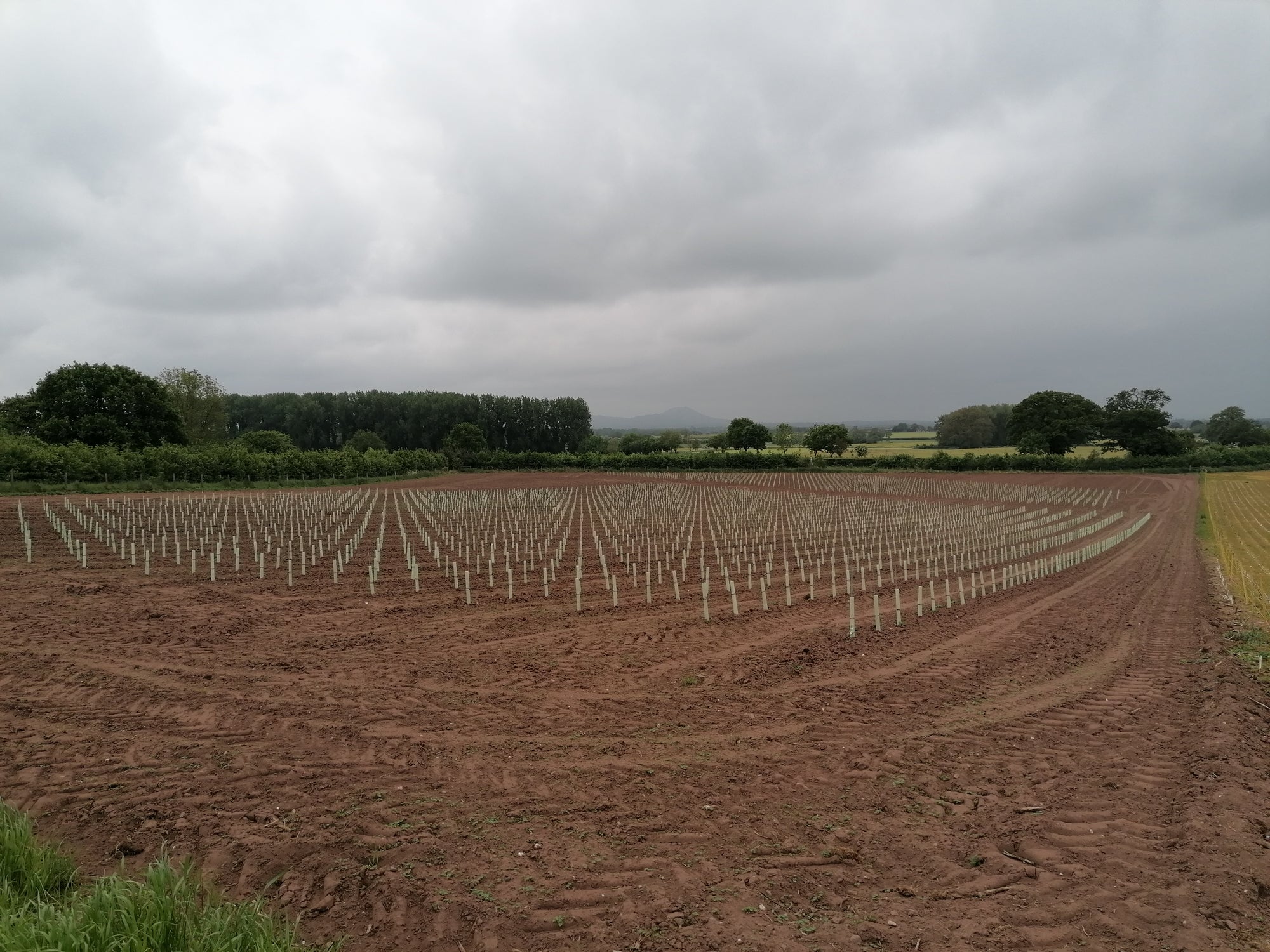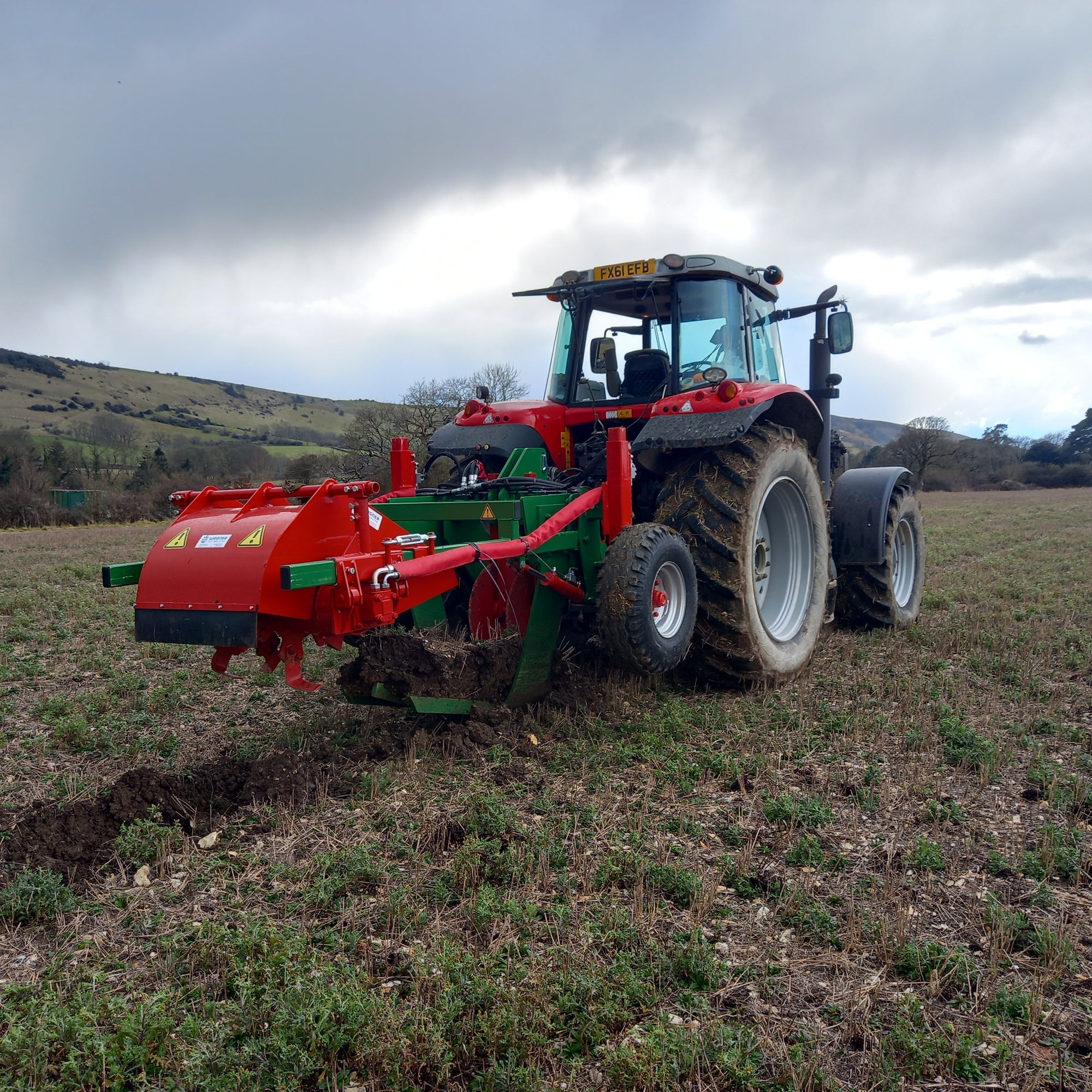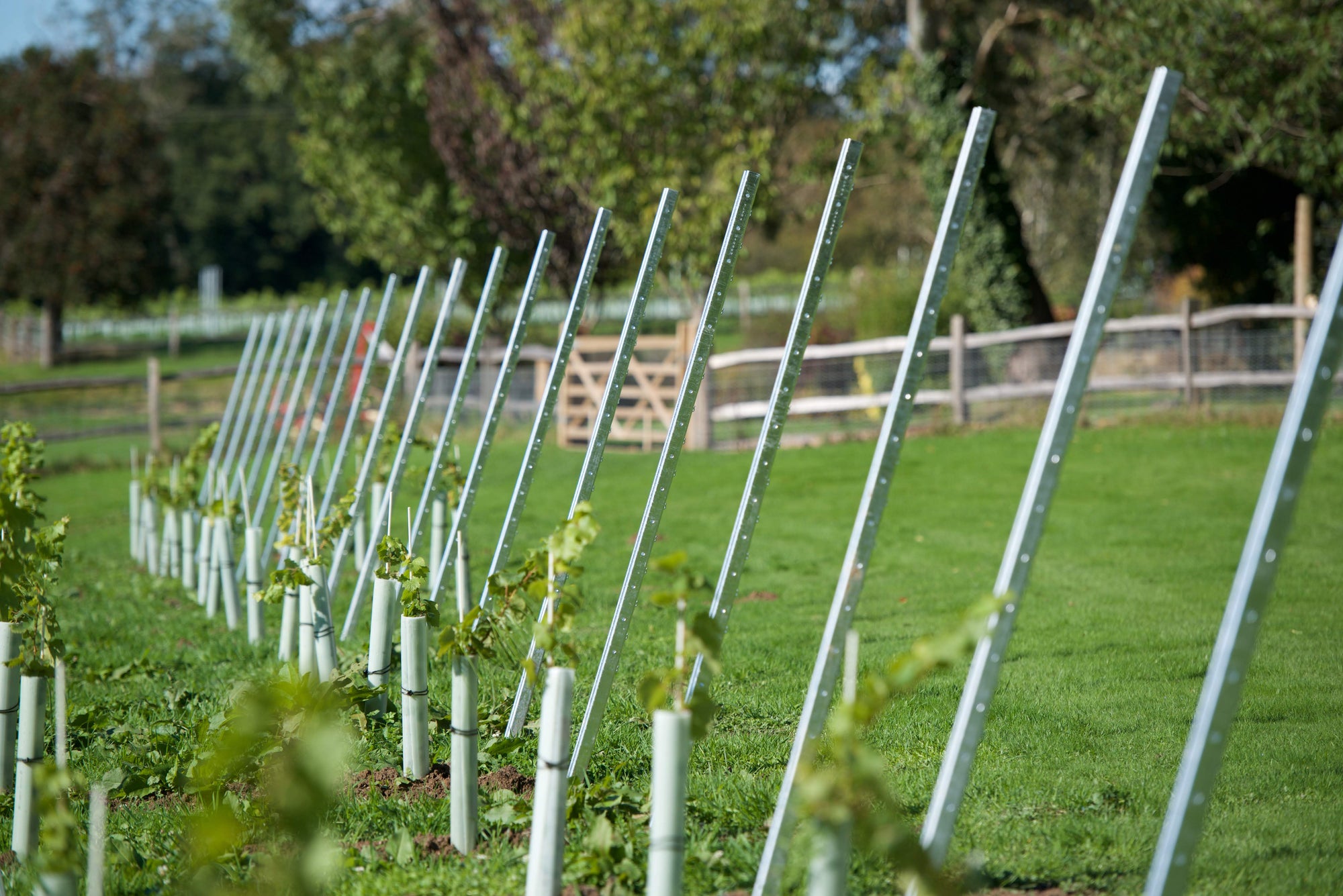

PLANTING REVIEW: HARPER ADAMS UNIVERSITY
2023 was another hugely successful planting season for VineWorks with more than 550,000 vines planted over 37 sites across 16 counties. As the vines begin their journey in the Great British wine industry, we caught up with Professor Frank Vriesekoop from Harper Adams University to reflect on the decision to plant a vineyard now, the choices made throughout the process and their ultimate end goals.
Introduction to Harper Adams University
Since it was founded in 1901, Harper Adams University has been the leading British specialist higher education institution addressing the future developments of our planet’s agrifood resources, their processing, land management and sustainable business approaches. In doing so, Harper Adams strives to stay ahead of developments where both national and global movements impact challenges and opportunities in the agrifood/beverage sector.
Decision to Plant a Vineyard
Set on a nearly 500-hectare farm in Shropshire, Harper Adams has recently allocated one hectare to plant a vineyard to develop a site for cool climate viticulture research and teaching to support one of the fastest growing agricultural sectors in the UK. The vineyard is also an example site for existing farmers who look for farm-diversification opportunities.
Discussions to establish a vineyard at Harper Adams have been ongoing for many years with strong support from some of the local vineyards. The notion that global warming is impacting established agricultural practices also drove the decision to establish the vineyard.
Choice of Varieties
VineWorks sourced vines for the planting at Harper Adams from two long-standing nurseries, one in Germany and the other in France. The varieties were selected with Martin Vickers from Halfpenny Green who has been growing grapes in the region for decades and is one of the pioneers of British wine.
Recognising that global warming by itself is not enough to justify productive viticulture near the northern boundaries, they decided to plant a total of 3,500+ vines across a mix of “traditional” and “newer” varieties. Among the more traditional varieties planted were Bacchus, Siegerrebe, Chardonnay, Müller Thurgau and two clones of Pinot Noir. Among the newer varieties planted were three PIWI varieties: Cabaret Noir, Divico and Muscaris.
The vineyard site and orientation were selected to have the main varieties in different orientations and also to have a small part of the site in a spring-frost prone area. These purposely adverse situations were included to strengthen the teaching and research potential to support the cool climate wine industry.
Planting Process
Harper Adams engaged VineWorks for the establishment of the vineyard “from concept to planting” with ongoing support and advice. VineWorks managed the project through site evaluation, vineyard design and GPS precision planting; trellising will be installed this autumn.
Future Goals
To support the fast-growing wine industry, it is likely that Harper Adams will progressively expand their plantings to reflect new varieties entering the market and to collaborate with both academic and industry partners to develop new and adapted technologies in both cool climate viticulture and winemaking practices.
Harper Adams will shortly be launching a selection of courses that support the cool climate wine industry. These will range from traditional university courses (BSc and Master courses), but also practical-oriented courses whether those are land-based, production-based, lab-based, or aimed at the business end of the wine/alcohol industry.



